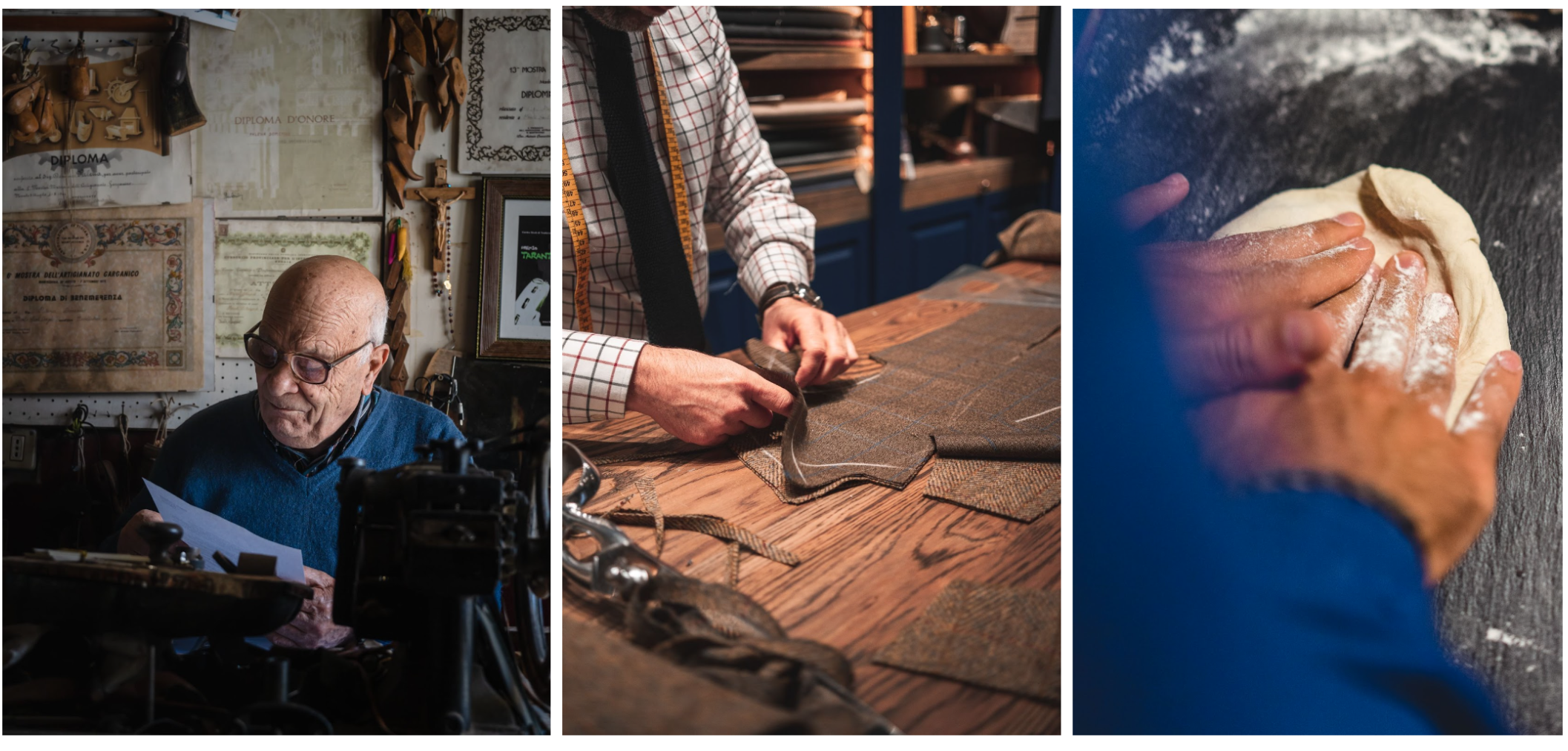In 2017, Budweiser launched a campaign promoting their 1933 Repeal Reserve Amber Lager: a beer created from a company recipe developed shortly before Prohibition went into effect. The resurrected concoction was sold in a vintage bottle, and—as part of the launch—select customers in New York had the opportunity to ride past 1930s Prohibition landmarks in antique cars.
The brewery firm claimed the limited-edition product was “giving beer lovers the chance to experience and taste history” – thereby appealing to customers’ desire for authenticity. That is, rather than appearing responsive to fickle consumer demands or short-term profit-seeking, the company seemed to be staying true to itself. And when customers perceive a product as authentic, they’re often more likely to buy it or be willing to pay a higher price.
Those who tell a good story are able to cut through the clutter of advertising. It makes large corporations seem more human and less like a third-party disconnected body – resulting in increased trust and enjoyment, like a friend who is giving advice on what to buy.
A product can gain a sense of authenticity in multiple ways.
In a new study from Kellogg School of Management, when products were prepared using an original process designed by a company’s founder, people felt that their food had a stronger intangible “essence” of the brand and was more authentic than if a newer process were employed.
When telling people a product was made at a company’s original factory, they perceive the item possessed this very “essence”.
This doesn’t mean that people would pay a huge premium or travel 50 extra miles to get the chocolate made with the older process. Rather when they are browsing supermarket shelves and see two products side by side, they might think, “I don’t know why, I’m just going to grab this”. We do know why: It has something to do with authenticity and connection.
While research shows that a connection to a physical place can bestow authenticity, similar connections to people or times can also do the trick. People will pay a lot of money for memorabilia – Mr. Peterman, from the beloved Seinfeld sitcom, paid a premium for John F. Kennedy’s golf clubs. Similarly, Art Deco pieces might be considered authentic, simply because they were created during the 1920s.
This cocktail of nostalgia and memorabilia does not mean newer companies are entirely out of luck. These organizations still can demonstrate authenticity by emphasizing continuity in other ways—perhaps by telling the story of their founder. For example, a surfing gear company could emphasize how its founder started surfing when she was a kid and has loved the sport for her whole life.
Or the firm could commit to an entirely different strategy for cultivating authenticity: it could go all in on corporate social responsibility and show a sincere desire to make a change.
Pretty much every brand has to stand for something today. One way you can do that is by trying to take an authentic stand on an issue, whether it is fair labor practices or sustainability or in the case of Apple, privacy, in order to make yourself come across as legit.
Patagonia, on the other hand, is well-known for its commitment to sustainability. In 2011, the company ran an ad saying, “Don’t buy this jacket” on Black Friday to encourage people to reduce consumerism and to repair rather than replace items.
This type of statement shows that organizations care so much about that they#re willing to forgo some or even large parts of profit.




